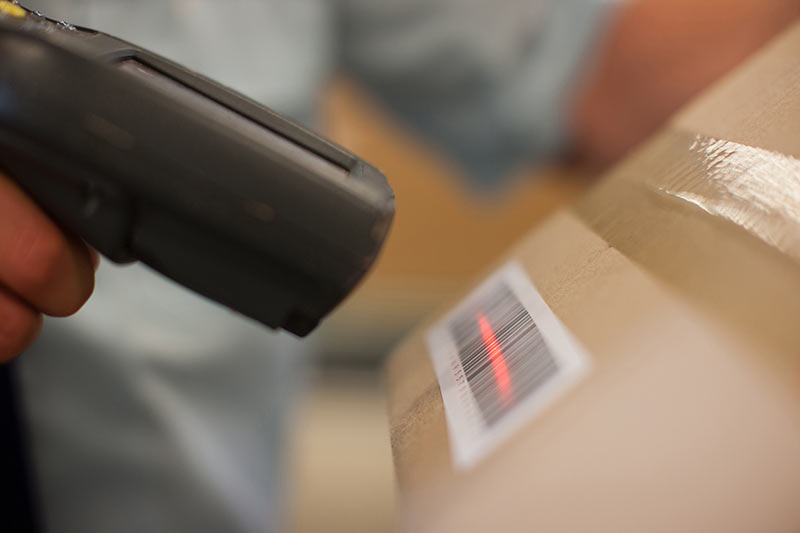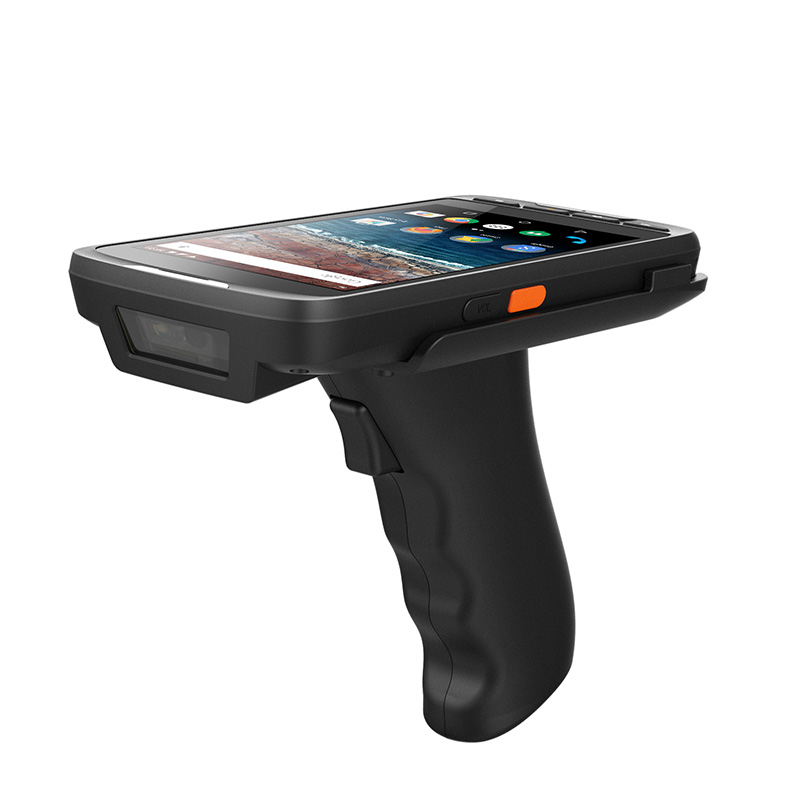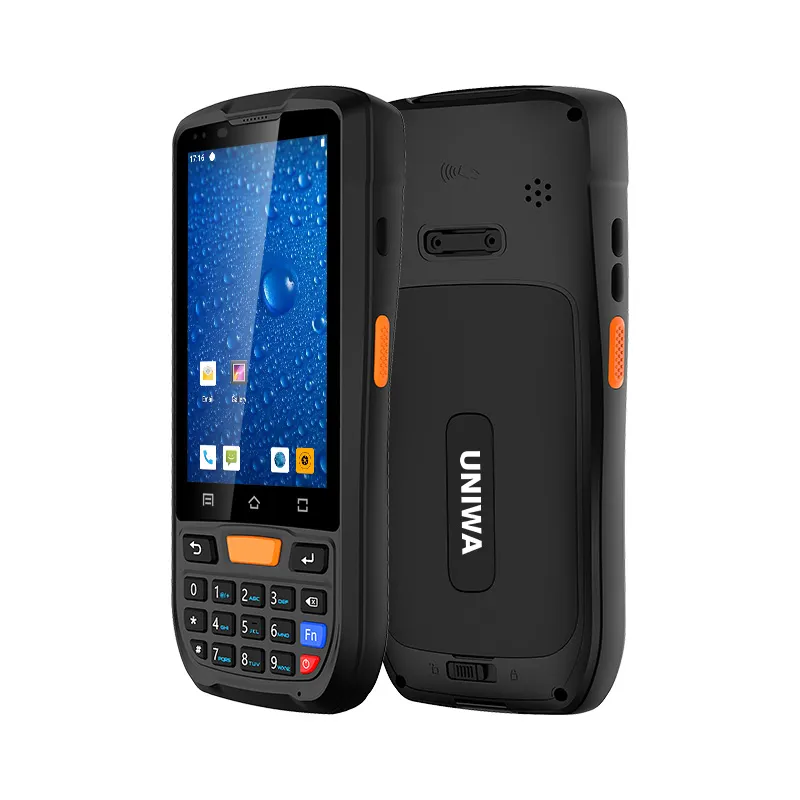Recent Blog
-
UNIWA will bring new models of handheld smart terminals to MWC Barcelona 2025. Our booth number is 7F21. Welcome to visit us!
2025-01-18 -
Welcome to visit our booth 5H26.From October 18th~21st 2023,UNIWA will participate in the Hong Kong Global Sources Electronics Fair
2023-09-19 -
Welcome to visit our booth 5J29. From April 18th~21st 2023, UNIWA will participate in the Hong Kong Global Sources Electronics Fair
2023-04-03 -
The Top 6 Android Barcode Scanners in 2023
2023-02-24
Barcode Scanners vs Handheld Terminals
With the growing popularity of computers and mobile phones, informatization and digitalization have become trendy. Many companies use handheld terminals or barcode scanners to collect data and free workers from loads of paper works.
Even so, lots of new users don't know the difference between them.
So, let's talk about it today.
About the difference between 1D and 2D barcode scanning, please click The Difference Between 1D and 2D Barcode Scanning
What is a barcode scanner?
A barcode scanner, also called a point-of-sale (POS) scanner or a price scanner, is a device to capture and read information contained in a barcode.
The scanner consists of a light source, a lens and a light sensor that translates optical impulses into electrical ones.
They also contain decoder circuitry analyzing the barcode’s image data provided by the sensor and sending that content to a computer.
A barcode scanner works by directing a beam of light across the barcode and measuring the amount of light that is reflected back. The dark bars on the barcode will reflect less light than the white spaces between them.
The scanner then converts the light energy into electrical energy, which is then converted into data by the decoder and forwarded to a computer.

Types of barcode scanners
Pen Wand
This is the simplest type of barcode reader and the least expensive. It is durable and has no moving parts. It must remain in direct contact with the barcode and also needs to be held at a certain angle in order to pick up the data. A certain speed at which it moves over the barcode is also required.
Slot Scanner
A slot scanner remains stationary and the item with the barcode is pulled through the slot by hand. Slot scanners are usually used to scan barcodes on identification cards.
CCD Scanner
This type of barcode reader is typically used in retail sales. It has a better range than the pen wand and has a gun type interface. It has to be held close to the barcode in order to read it. Several readings are usually taken to reduce errors. The disadvantage to using this type of barcode reader is that it can only read barcodes that are the width of it’s face size.
Image Scanner
An image scanner, also known as a camera reader, uses a small video camera to capture an image of the barcode, and then it uses sophisticated digital image processing techniques to decode the barcode. An image scanner can read a barcode from about 3 to 9 inches away and usually costs less than a laser scanner.
Laser Scanner
This type of barcode reader can be handheld or stationary. It doesn’t have to be close to the barcodes to read them. This model uses mirrors and lenses to read the barcode and can be used up to 24 inches away, and there are long range models that can read barcodes up to 30 feet away. It can also read barcodes no matter what their orientation is. Laser scanners can perform up to 500 scans per second.

What's a handheld terminal with scanner?
Handheld terminal with scanner, also known as handheld data collector, is a terminal computer device that integrates functions such as barcode scanning, RFID technology and data processing. It can be used wirelessly as it got a battery.
It features real-time acquisition, automatic storage, instant display, instant feedback, automatic processing, and automatic transmission. And it can ensure authenticity, validity, real-time and availability of the field data. Characteristic like Integration, mobility, small size, light weight, and high performance make it suitable to carry it to anywhere you want to use.

What's the Difference between Barcode Scanners and Handheld Terminals?
Different designs of the hardware
The barcode scanner is mainly used in connection with the computer as an input device. Therefore, its hardware facilities are mainly based on the scanning module.
While a handheld terminal is also called handheld PDA or handheld computer. It has an operating system that can run independently. And it is a tool for data acquisition and processing.
Different performances
The performances differ since their hardware designs are different. The scanning function of a handheld terminal is just one among many. It can customize other functions, such as: RFID, NFC, temperature measurement, positioning, etc.
Different scope of use
The scope of use of barcode scanners is limited. They are mostly used in warehouses or supermarkets. Handheld terminals, on the other hand, not only have the same usage, but also have great advantages in other parts. So we can say, handheld terminals can replace barcode scanners, but it won't work the other way around.
Different price
Because of the differences, the price varies greatly. But it is also relative. A barcode scanner can be very expensive, let's say, up to one or two thousand USD. While a handheld terminal with scanner can be cheap.
Conclusion
Handheld terminals with scanner are an inevitable trend in the development of the IoT. And it may replace the barcode scanner as the main data acquisition device in the near future.
Currently, however, due to the different needs of various industries, these two kinds of scanning devices are both used in various fields.
Describe Your Needs In Detail!
We will carefully evaluate your needs and give professional solutions.
